In recent years, the world of software testing has been undergoing a rapid transformation due to the growing influence of artificial intelligence (AI) and machine learning. As development cycles become faster and more iterative, traditional manual testing and even some aspects of automation testing have struggled to keep pace. AI can be integrated across multiple testing phases, from test case generation to defect detection, ensuring a more streamlined process. Enter AI-based similarity analysis—an innovative approach that enhances the capabilities of test automation by improving accuracy, efficiency, and scalability. This blog will explore how AI-based similarity analysis enhances test automation and the benefits it brings to software development teams.
📌 Why read this blog?
- Learn how AI-based similarity analysis enhances test automation by identifying patterns and optimizing test processes.
- Discover how AI reduces test redundancy, cuts execution time, and improves overall efficiency.
- Understand how to use AI for smarter test case prioritization and predictive defect analysis.
📌 What you'll discover:
- A clear explanation of how AI compares and analyzes test cases, bugs, and code to optimize testing.
- How AI reduces maintenance, improves accuracy, and boosts efficiency in automated tests.
- Practical use cases of AI-driven bug tracking, regression testing, and dynamic test case prioritization.
- How AI helps reduce redundancy, address flaky tests, and manage large-scale test suites.
- A glimpse of AI in test automation, from self-healing tests to predictive defect analysis.
Introduction to Test Automation
In modern software development, test automation plays a vital role. It enables repetitive tasks, such as regression testing, to be automated, freeing up valuable time for developers and testers to focus on more complex and creative tasks. Automated tests execute predefined scripts to check if software behaves as expected and are particularly effective for large-scale projects that require frequent testing.
Integrating AI into the testing process significantly improves software quality by enabling faster defect identification and resolution. AI-powered tools streamline cross-browser testing by automatically adapting test cases to different browser environments, ensuring consistent user experiences. By using AI, teams can proactively detect and resolve performance issues before they impact end-users. Implementing a robust automation framework enhances the efficiency and effectiveness of testing processes.
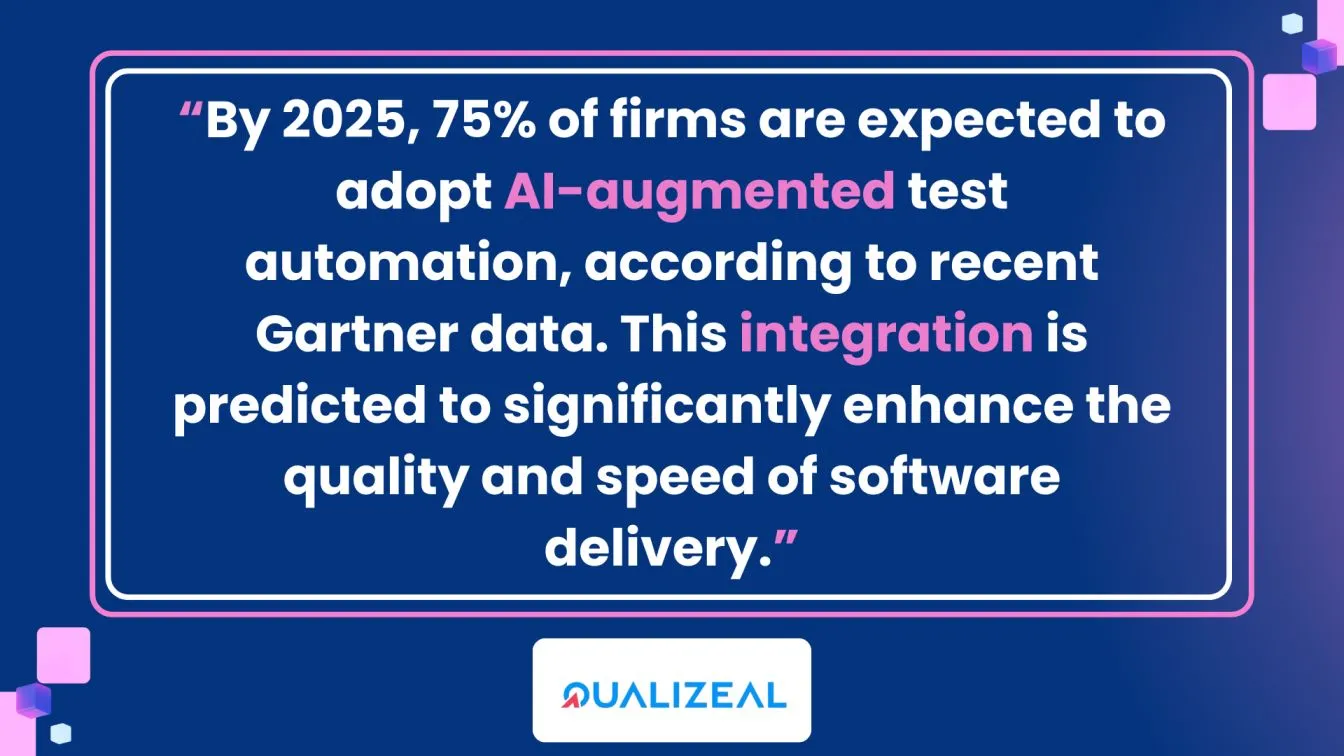
However, automation has its challenges. Creating, maintaining, and optimizing test scripts takes time, and there can be gaps in test coverage if certain edge cases or scenarios are overlooked. Additionally, test automation may generate false positives and false negatives, which can lead to delays in identifying actual issues. This is where AI-based similarity analysis comes into play, augmenting traditional testing methods to deliver more accurate results.
The Need for AI in Test Automation
As modern applications become more complex, the volume of tests needed to ensure high-quality releases also increases. Testers often face issues such as:
- High test maintenance costs: Constant updates to applications require test scripts to be modified, leading to high maintenance overheads.
- Limited test coverage: Manual effort limits the number of test cases that can be created, especially for edge cases. Compared to manual methods, AI-driven testing approaches significantly reduce human error and enhance overall testing efficiency. AI enhances exploratory testing by uncovering hidden defects through pattern analysis.
- Test flakiness: Automated tests sometimes fail for reasons unrelated to the actual functionality being tested.
AI-based similarity analysis addresses these issues by learning from past test data, identifying patterns, and improving overall test coverage without requiring manual intervention for every new feature.
By incorporating AI into test automation, teams can streamline their testing processes, reduce redundancy, and ensure faster releases with fewer defects. AI-based testing tools can quickly identify performance issues, ensuring that applications run smoothly under various conditions.
Let’s say you are testing a web application that has several forms for user registration, login, and feedback. You have automated test cases for each form:
- Test Case A: User Registration - checks if users can successfully register with valid details.
- Test Case B: User Registration - checks if the system prevents registration with an already used email.
- Test Case C: User Login - checks if users can log in with valid credentials.
- Test Case D: User Feedback - checks if users can submit feedback successfully.
Now, if an AI system performs similarity analysis, it might be noticed that Test Case A and Test Case B both deal with the user registration form. Instead of running both tests every time, the AI can suggest that running Test Case A covers most scenarios related to registration, reducing redundancy and focusing on areas that truly need testing.
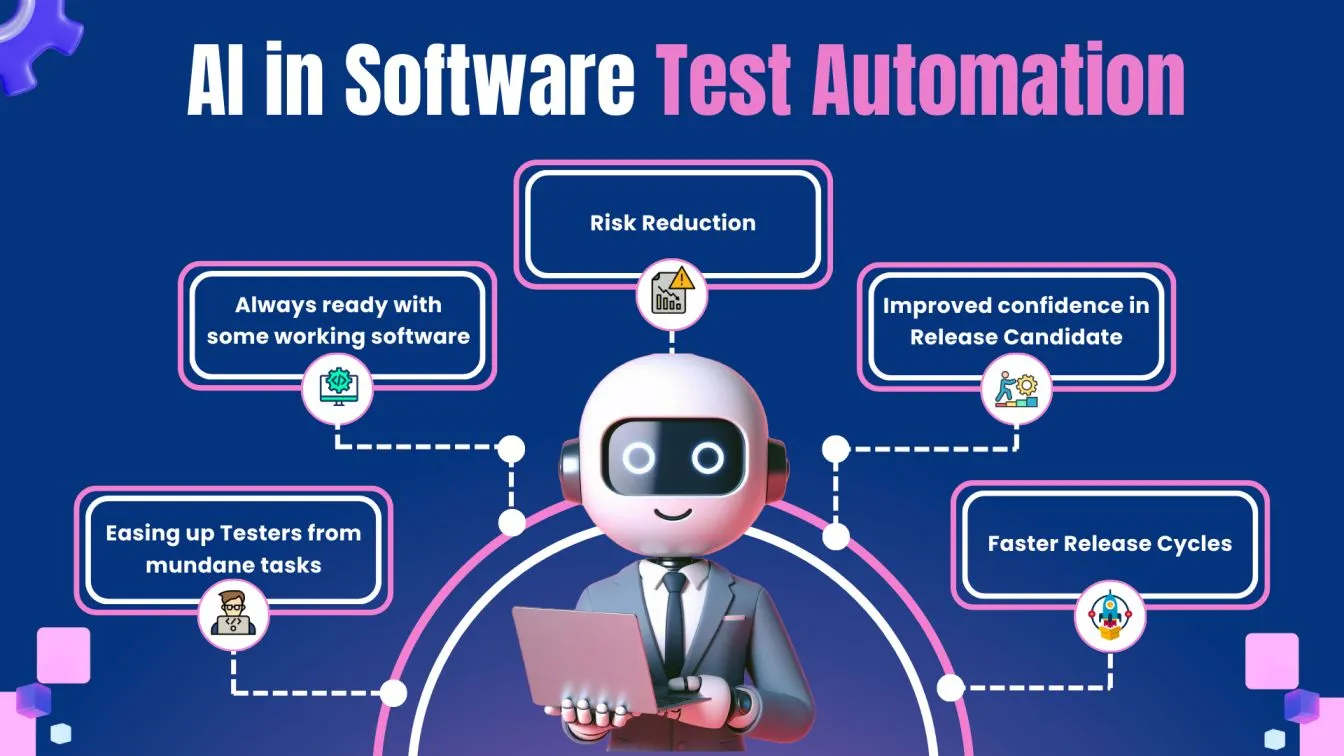
What is AI-Based Similarity Analysis?
AI-based similarity analysis is a machine learning technique that evaluates and compares different software elements to identify patterns, anomalies, and redundancies. In the context of test automation, it helps in grouping similar test cases, detecting redundant tests, and spotting potential failures that might be missed by traditional approaches.
AI is transforming software testing by automating test case generation, optimizing test execution, and predicting potential defects with greater accuracy. Integrating AI into the software testing process streamlines workflows, reduces manual effort, and enhances overall efficiency.
AI uses historical test data, source code, logs, and user interactions to analyze software behavior and detect similarities between different test scenarios. This approach goes beyond simple pattern recognition by factoring in context, variability, and probabilistic insights, making it more effective at predicting real-world issues.
Key Components of AI-Based Similarity Analysis
AI-based similarity analysis relies on the following components to enhance test automation:
- Data-driven insights: By feeding AI systems with test data, logs, and historical results, the AI models learn from past scenarios to recognize patterns that could indicate potential defects.
- Natural Language Processing (NLP): NLP helps AI systems understand and interpret user inputs, including test scripts, application logs, and error messages.
- Pattern recognition: AI tools identify similarities between test cases, prioritizing tests based on the likelihood of failure.
- Machine learning algorithms: These algorithms continuously learn from new data to improve the effectiveness and accuracy of automated testing efforts.

Benefits of AI-Based Similarity Analysis in Test Automation:
The adoption of AI-based similarity analysis in test automation brings several significant benefits to the software development process:
- Some of the best automation testing tools like Selenium, Katalon Studio, and Applitools are now integrating AI features to improve test accuracy and reduce maintenance efforts.
- AI-powered mobile automation tools like Appium and Test.ai are revolutionizing mobile testing by enabling faster test creation and execution across diverse devices.
- Popular open-source test automation tools like Selenium and Robot Framework benefit significantly from AI enhancements, improving test coverage and reducing manual effort.
- The benefits of test automation are amplified by AI, which improves test efficiency, enhances accuracy, and reduces time to market for software products. Implementing AI in software testing offers numerous benefits, including improved accuracy, faster execution, and reduced maintenance costs.
- Integrating AI with various test automation tools can significantly enhance testing efficiency, accuracy, and maintainability, allowing teams to focus on high-value tasks.

AI-Based Similarity Analysis in Regression Testing
Regression testing is conducted to ensure that updates to the code do not interfere with established functionality. However, running full regression suites can be time-consuming and resource-intensive, especially for large applications. AI-based similarity analysis optimizes regression testing by identifying the most relevant test cases to run based on recent changes.
AI can prioritize tests based on similarity to the modified code and historical defect patterns, helping testers focus on the areas most likely to be affected. This reduces the number of tests that need to be executed while ensuring comprehensive coverage of the impacted functionalities.
AI-Driven Test Case Prioritization
In large test suites, determining which test cases should be run first is crucial for efficient testing. 🧪 AI-based similarity analysis can prioritize test cases by evaluating the risk associated with specific code changes, user interactions, and test history. 📊
AI-driven test automation enhances accuracy and efficiency by intelligently selecting and prioritizing test cases, ensuring faster and more reliable software releases. 🚀 AI-driven testing minimizes the need for human intervention by automating repetitive tasks and adapting to application changes in real-time. ⏱️
Intelligent algorithms in AI-powered testing tools enhance decision-making by analyzing historical data to optimize test case selection. 🤖 Neural networks play a crucial role in AI-driven testing, allowing for sophisticated pattern recognition and defect prediction in software applications. 🧠
AI-driven testing tools automate complex testing scenarios, improving accuracy and speed in the software development lifecycle. AI-based prioritization ensures that critical tests are executed earlier in the pipeline, catching defects sooner and reducing the risk of defects going undetected. ⚡ By focusing on high-risk areas, testers can identify and resolve issues faster, leading to faster feedback loops and better product quality. 🛠️
With the rise of AI, software testing services can now offer more comprehensive solutions that adapt to changes in applications, ensuring higher quality and faster delivery. 🏆 Compared to traditional methods, AI-based testing reduces manual effort, improves test coverage, and accelerates the testing process. AI-driven tools can enhance functional testing by automatically generating and executing test cases that cover a wide range of user scenarios. 🌐 AI-driven testing tools also enhance API testing by automating complex scenarios and ensuring comprehensive coverage. 💻

Reducing Redundancy in Test Suites
Over time, test suites often accumulate redundant tests that check the same functionality, leading to increased test execution times and unnecessary resource consumption. AI-based similarity analysis identifies these redundancies by comparing test cases and determining whether they are essentially testing the same thing.
AI-based testing tools help automate repetitive tasks, reducing the need for manual intervention and freeing up testers to focus on more complex scenarios. AI-based approaches enable faster testing cycles, significantly reducing time to market.
By eliminating or consolidating redundant tests, AI helps streamline the test suite, making it more efficient and easier to maintain. This results in faster test cycles, reduced infrastructure costs, and fewer headaches for QA teams.
Example: Bug Tracking in Software Development
Imagine you are part of a software development team working on a mobile application. Over time, several bugs have been reported by users, and your team maintains a bug-tracking system where all these bugs are logged. Each bug report includes details such as the bug description, steps to reproduce, severity, and the part of the application it affects.
Bug Reports
- Bug Report 1:
- Description: The app crashes when trying to upload a profile picture.
- Severity: High
- Steps to Reproduce:
- Open the app.
- Go to the profile section.
- Attempt to upload a picture.
- Bug Report 2:
- Description: The app freezes when accessing the settings menu.
- Severity: Medium
- Steps to Reproduce:
- Open the app.
- Tap on the settings icon.
- Wait for the settings to load.
- Bug Report 3:
- Description: The app crashes when uploading a video.
- Severity: High
- Steps to Reproduce:
- Open the app.
- Go to the upload section.
- Attempt to upload a video.
- Bug Report 4:
- Description: The settings menu takes too long to load.
- Severity: Low
- Steps to Reproduce:
- Open the app.
- Tap on the settings icon.
- Wait for the settings to load.
In this scenario, an AI tool could analyze all the bug reports in the tracking system to identify similarities in the reports. Here’s how it works:
- Pattern Recognition: The AI looks at the descriptions and steps to reproduce. It is noticed that Bug Report 1 and Bug Report 3 both involve crashes related to media uploads (pictures and videos). This similarity could indicate a common underlying issue in the upload functionality.
- Grouping Related Bugs: The AI groups these reports, helping the development team to focus on a shared area of the code that might be causing crashes during uploads.
- Prioritization: Since Bug Report 1 and Bug Report 3 both have high severity, the AI can prioritize fixing these related bugs together, potentially speeding up the resolution process.
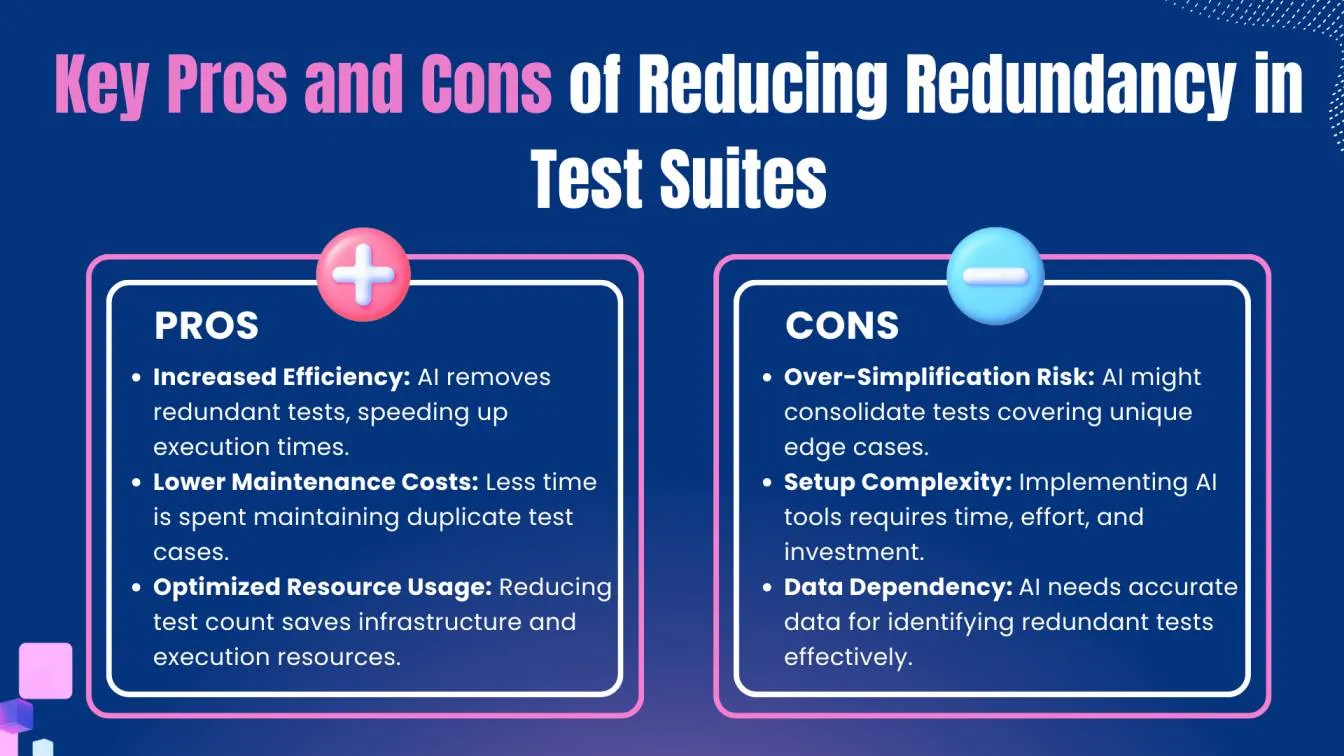
AI for Dynamic Test Data Generation
One of the biggest challenges in automation is generating meaningful test data that covers a wide range of scenarios. AI-based similarity analysis can be used to create dynamic test data sets based on real-world usage patterns, historical defects, and user behavior.
AI can enhance testing strategies by providing insights and data-driven recommendations, leading to more effective and targeted testing efforts. Utilizing high-quality data in testing ensures that the AI algorithms can effectively identify defects and improve software reliability.
By analyzing existing test data and production logs, AI can generate test inputs that mirror real-world conditions more accurately. This ensures that automated tests reflect actual user interactions, leading to more realistic and comprehensive testing.
Predictive Defect Analysis with AI
AI-based similarity analysis can predict potential defects by analyzing test results and code changes over time. AI identifies patterns in historical test failures and uses that data to predict where future defects are likely to occur.
Predictive defect analysis enables development teams to proactively address issues before they become major problems. By focusing on high-risk areas, teams can improve product stability and reduce the likelihood of critical bugs reaching production.
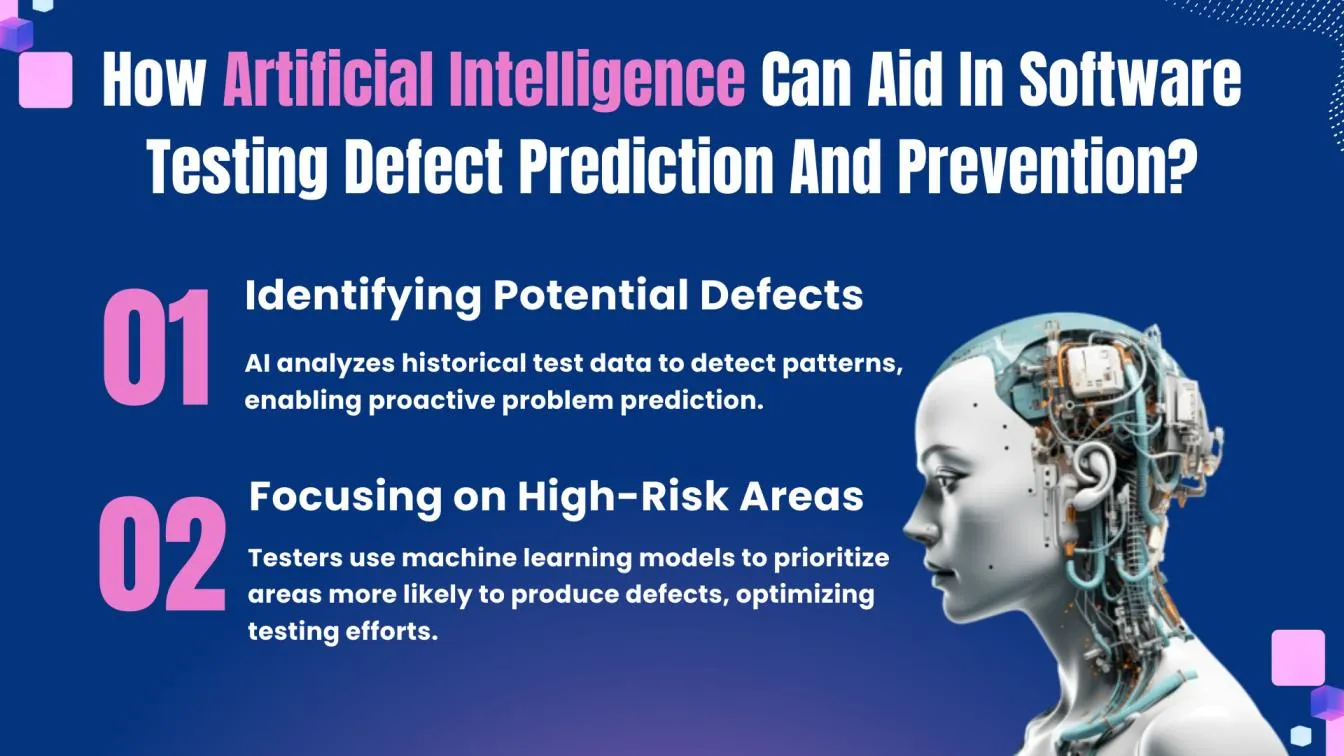
Enhancing Continuous Integration with AI-Based Testing
Continuous Integration (CI) pipelines rely heavily on automated testing to ensure that code changes are stable and meet quality standards. However, long test cycles can slow down CI pipelines and delay feedback to developers.
AI-based testing tools offer comprehensive coverage by analyzing various test scenarios and ensuring all critical areas are tested thoroughly. AI-driven tools significantly improve testing efficiency by optimizing test case execution and reducing the time spent on redundant tasks.
AI-based similarity analysis can optimize CI pipelines by selecting and prioritizing the most relevant tests for each build. By reducing the number of tests that need to be executed and focusing on high-risk areas, AI helps ensure faster, more efficient CI pipelines without sacrificing test coverage.

AI and Visual Test Automation
Visual testing ensures that an application's user interface (UI) renders correctly across different devices, screen sizes, and browsers. AI-based similarity analysis can enhance visual testing by detecting subtle differences in UI elements that may go unnoticed by human testers or traditional automation scripts.
Integrating AI with Selenium test automation enhances its capabilities by making test maintenance easier and enabling the identification of UI changes automatically. AI-based testing tools can interpret and generate tests using human language, making it easier for non-technical stakeholders to understand the testing process.
By comparing screenshots, layouts, and design patterns, AI tools can identify visual discrepancies and suggest improvements. This leads to faster identification of visual bugs and a more consistent user experience across platforms.
Scalability in Test Automation with AI
One of the most significant advantages of AI-based similarity analysis is its ability to scale. As the number of test cases grows and software complexity increases, AI can manage the increased workload by automating test case creation, prioritization, and maintenance.
AI-based testing tools can quickly analyze large volumes of data, making them ideal for scaling test automation across large teams, multiple environments, and complex applications. With AI, scaling test automation becomes more manageable and less labor-intensive. AI-driven test automation is particularly beneficial for complex applications, where traditional methods struggle to maintain accuracy and coverage.
Overcoming Test Flakiness with AI
Test flakiness occurs when tests pass or fail inconsistently without any changes in the application under test. This is a common problem in automation testing that can lead to wasted time and effort in diagnosing the root cause of failures.
AI-based similarity analysis can help reduce test flakiness by identifying patterns in test execution and failures. By learning from historical data, AI can detect flaky tests and adjust their execution or recommend fixes, leading to more stable and reliable test results.
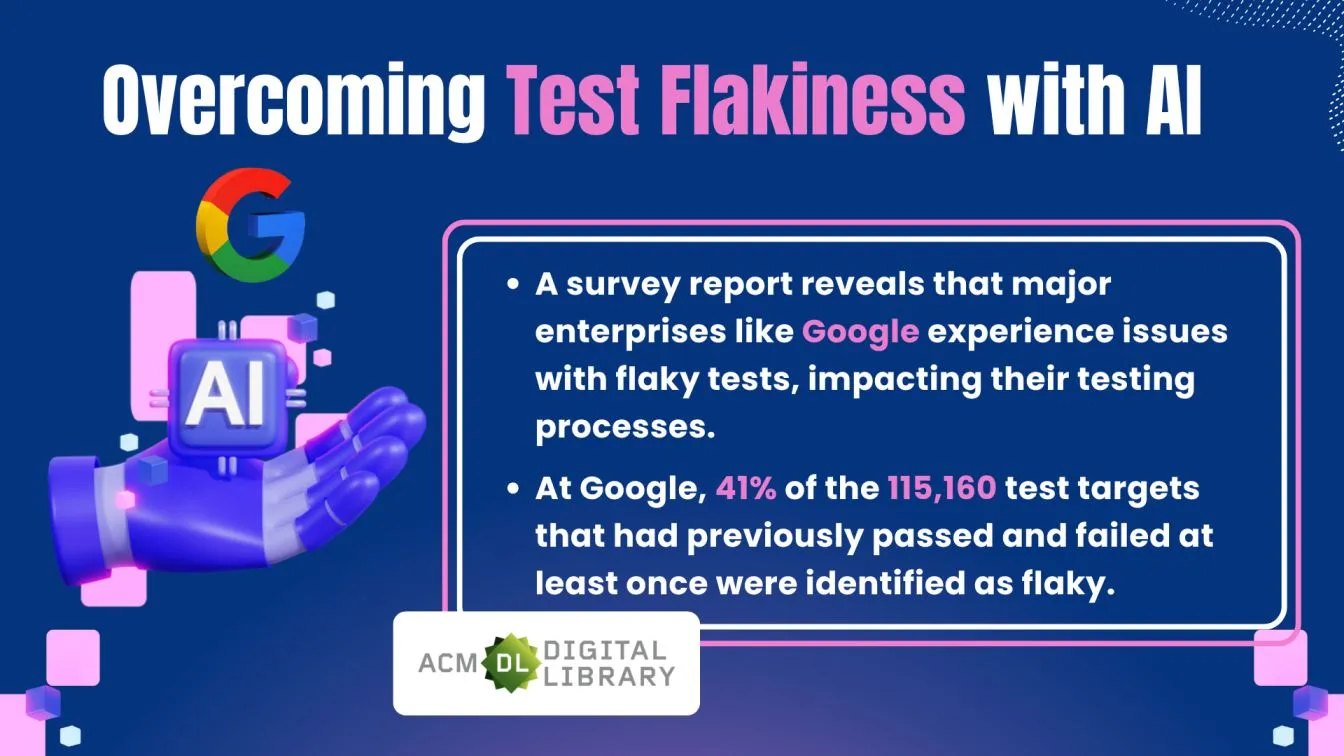
The Future of AI in Test Automation
The integration of AI-based similarity analysis into test automation is just the beginning. As AI technology continues to evolve, we can expect even more advanced capabilities, such as:
- Self-healing tests: AI systems will be able to automatically update test scripts when applications change, reducing maintenance efforts.
- Test script generation: AI can create test scripts based on user interactions and code analysis, further reducing manual effort.
- Full automation: AI may eventually take over the entire testing process, from test case creation to execution and reporting, allowing teams to focus solely on development.
The future of AI in test automation promises greater efficiency, accuracy, and scalability, making it an essential tool for modern software development teams.
Conclusion
AI-based similarity analysis is revolutionizing the way we approach test automation. AI-driven testing ensures that all application requirements are met efficiently. AI-based algorithms enhance testing accuracy by analyzing complex data patterns.
By improving test accuracy, reducing redundancy, and enabling predictive analysis, AI brings a new level of intelligence to testing processes. It allows development teams to deliver high-quality software faster and more efficiently, paving the way for the future of AI-driven testing.
As we continue to innovate, AI will undoubtedly play an increasingly central role in enhancing test automation, helping teams overcome challenges, and delivering more reliable software at scale.
People also asked
👉 Can AI reduce the time required for software testing?
Yes, AI reduces testing time by automating tasks, prioritizing tests, and optimizing execution for faster feedback.
👉 Can AI replace automation testing?
No, AI complements automation testing by making it smarter and more efficient, but it cannot fully replace human intervention in testing.
👉 How can AI optimize testing?
AI optimizes testing by dynamically selecting relevant test cases, predicting potential defects, and reducing manual maintenance of test scripts.
👉 What are the 3 benefits of using AI in software testing?
AI improves test accuracy, reduces test execution time, and minimizes maintenance effort by automating repetitive tasks and identifying patterns.
👉 How does AI help in the automation process?
AI helps by automating test creation, identifying similar test cases, reducing flakiness, and continuously adapting tests as applications evolve.



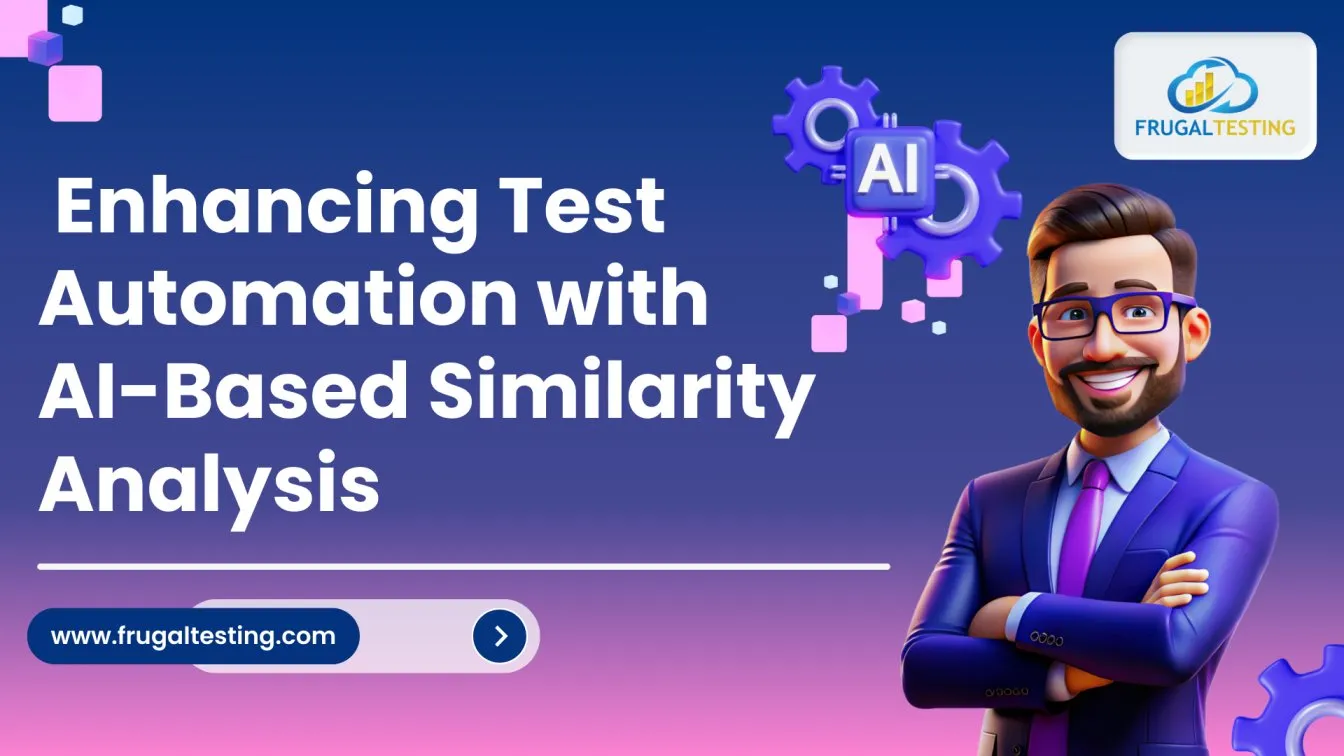

%201.webp)

